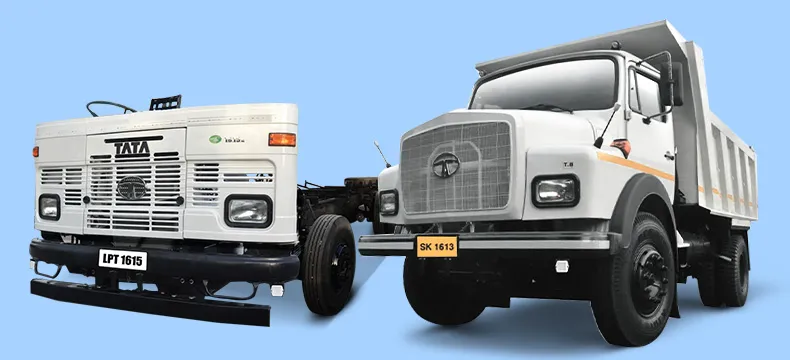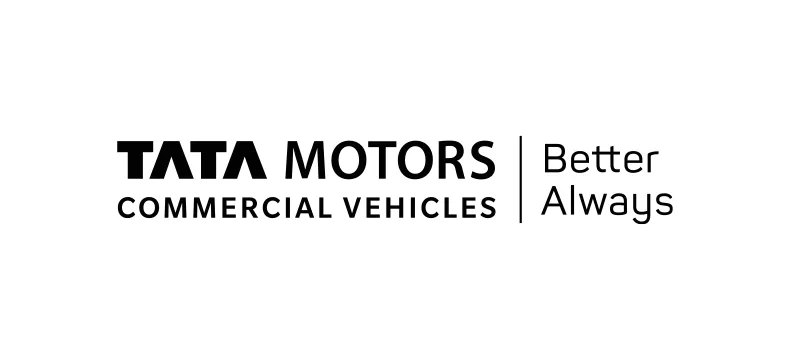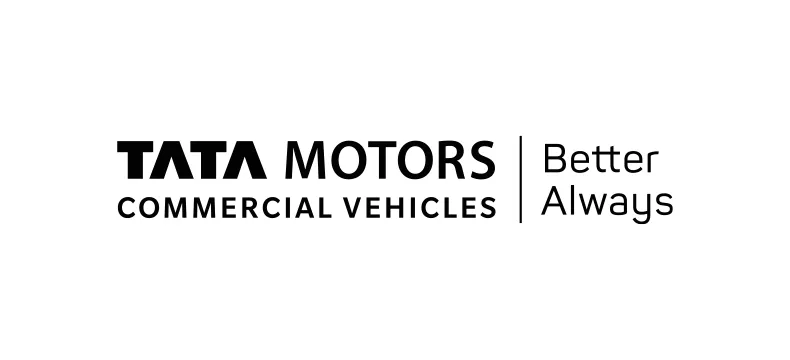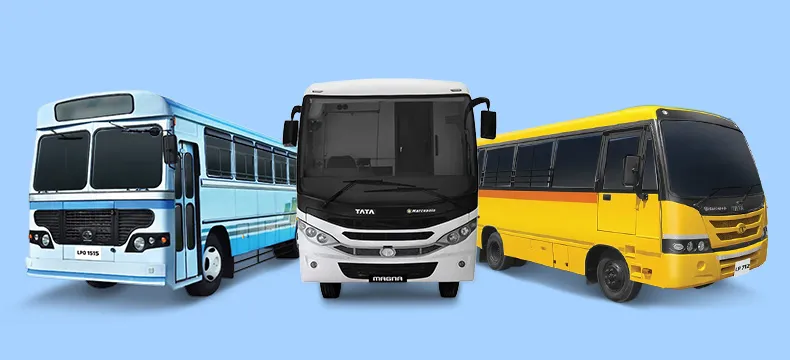17 Sep 2025

What is a Medium Commercial Vehicle?
- Tata Motors
- 25 Oct 2024
- COMMERCIAL VEHICLE
Introduction
In Nepal, where the landscape varies from bustling cities to challenging rural roads, having the right vehicle for transporting goods is crucial. What is a medium commercial vehicle (MCV)?
What is a Medium Commercial Vehicle (MCV)?
A medium commercial vehicle (MCV) generally refers to trucks with a weight range between 16 and 24 tonnes, perfectly balancing load capacity and manoeuvrability. Thanks to their versatility and ability to handle diverse terrain, these vehicles are a popular choice for businesses in Nepal, whether for construction, agriculture, or urban delivery.
Understanding Medium Commercial Vehicles
Medium commercial vehicles bridge the gap between light commercial vehicles (LCVs) and heavy trucks. They are essential for businesses that need the strength of a larger truck without the bulk. Key features include:
- Size and Capacity: Larger than LCVs but more manageable than heavy trucks.
- Terrain Adaptability: Perfect for navigating both crowded urban streets and rugged rural roads in Nepal.
- Versatile Applications: Useful across industries such as construction, goods distribution, agriculture, and logistics.
Specifications of Medium Commercial Vehicles
Medium commercial vehicle specifications are tailored to ensure performance, durability, and safety, which are crucial for the demanding environments found in Nepal. Common features of MCVs include a heavy-duty chassis designed to withstand substantial loads, hydraulic power-assisted steering for smooth manoeuvring, and robust braking systems that provide enhanced safety. Trucks given below are Tata SK 1613 and LPT 1615.
Example - Tata Motors' SK 1613 model powered by Cummins 6BTAA 5.9 engine:
- Torque: 490 Nm
- Terrain Handling: Performs well on steep inclines and uneven roads.
- Industry Application: Ideal for transporting goods in mountainous areas and handling traffic in busy urban centres.
Examples of MCV Models
-
Tata Motors SK 1613
- Engine: Cummins 6BTAA 5.9
- Torque: 490 Nm
- Chassis: Ladder-type heavy-duty frame with riveted and bolted cross members
- Suspension: Semi-elliptical leaf springs for balance between comfort and stability
-
Tata Motors LPT 1615
- Engine: Cummins 6BT 155 5.9
- Torque: 605 Nm
- Application: Ideal for long-distance heavy loads over challenging terrains
Benefits of Medium Commercial Vehicles in Nepal
Medium commercial vehicles (MCVs) offer several advantages, particularly in Nepal's diverse landscapes. Their adaptability makes them capable of accessing narrow city streets as well as rugged rural roads, providing businesses with the flexibility they need for various terrains. Additionally, MCVs come with customisable load body configurations, allowing them to transport different types of cargo, whether it's construction materials or agricultural products.
Fuel efficiency is another key benefit, helping businesses reduce operating costs without compromising performance. These vehicles are also known for their operational flexibility, handling a wide range of tasks from heavy-duty hauling to daily deliveries. With a robust design that ensures long-term durability and lower maintenance costs compared to heavy trucks, MCVs offer a cost-effective solution for businesses seeking to optimise their logistics in Nepal.
Conclusion
Medium commercial vehicles play a critical role in Nepal's economy, providing businesses with the flexibility and capacity to transport goods efficiently across diverse terrains. Understanding what a medium commercial vehicle is and its specific benefits helps businesses make informed decisions that support growth and operational efficiency.
FAQs
What defines a medium commercial vehicle, and how does it differ from other categories?
A medium commercial vehicle is typically defined by its weight range of 16 to 24 tonnes. Unlike light commercial vehicles, which are smaller and carry less weight, MCVs offer more capacity without the size and operational complexities of heavy trucks, making them ideal for various applications in Nepal.
What are the benefits of owning a medium commercial vehicle for business purposes?
Owning an MCV balances load capacity and manoeuvrability, which is essential for navigating Nepal's mixed terrain. Compared to larger trucks, MCVs are more economical in terms of fuel consumption and maintenance, and they offer versatility for different types of cargo.
What are some common applications of medium commercial vehicles?
In Nepal, MCVs are commonly used in construction, agriculture, and goods distribution. They can handle rough roads and steep inclines, making them suitable for both urban deliveries and transporting materials to remote locations.
- Tags
Latest Blogs


10 Sep 2025
What Exactly Is Torque in A Truck Engine?

10 Sep 2025


















